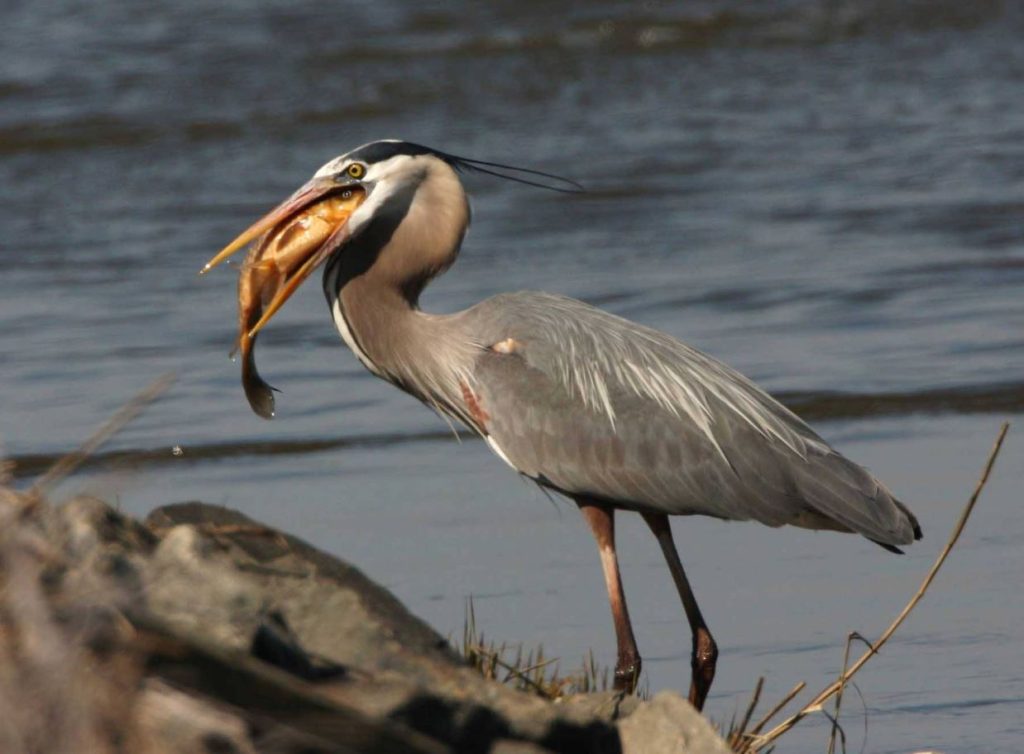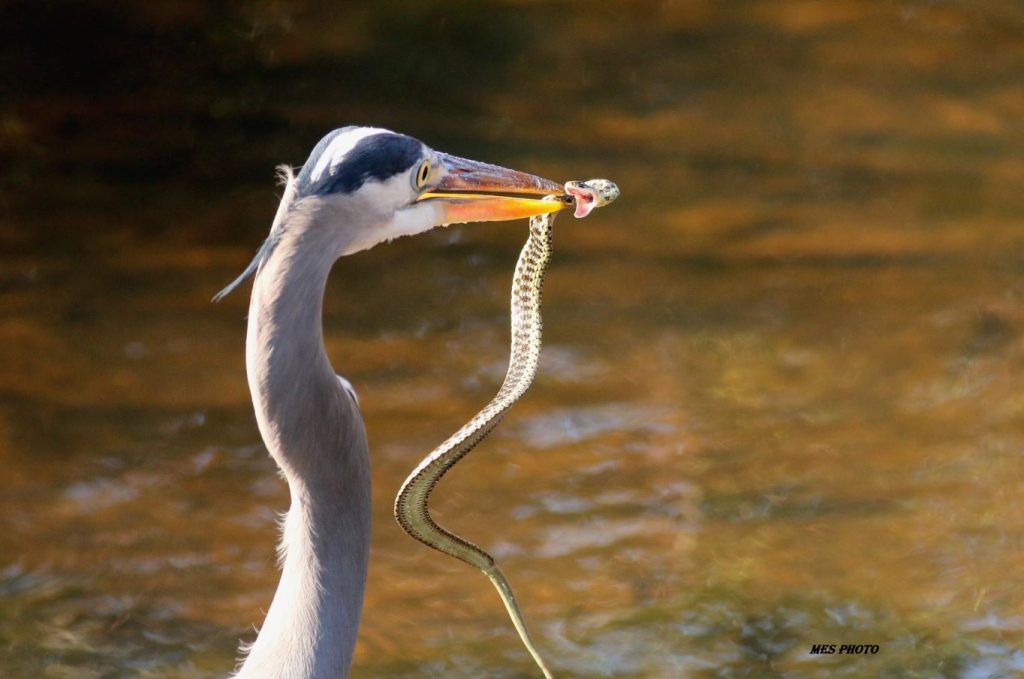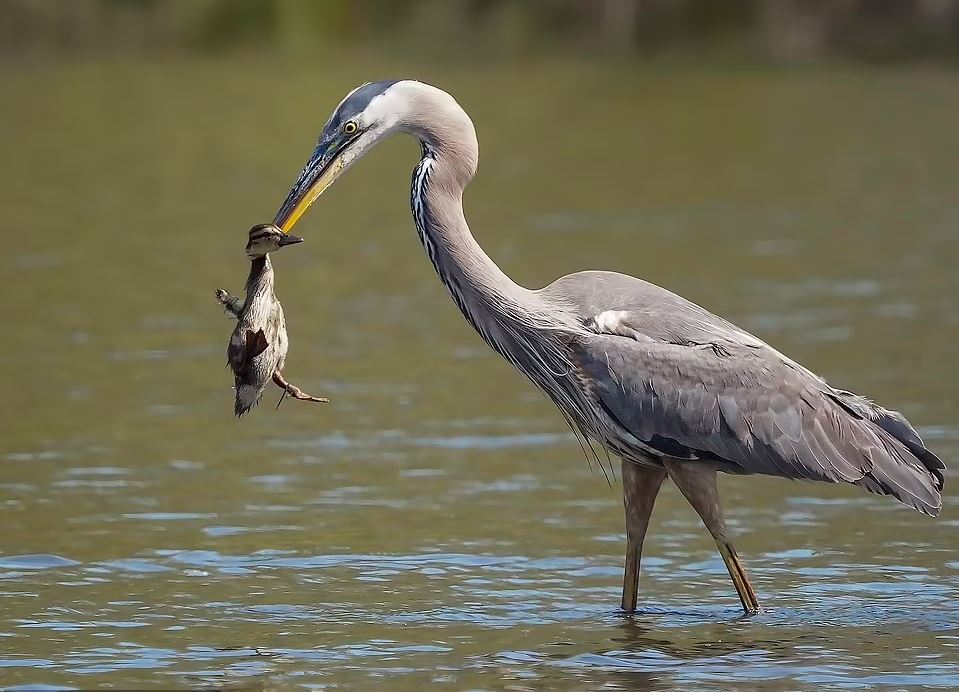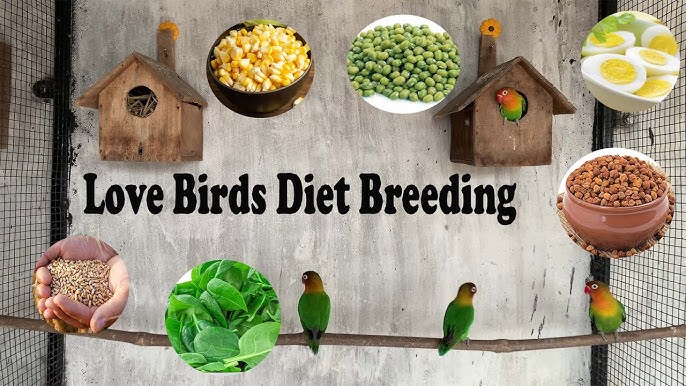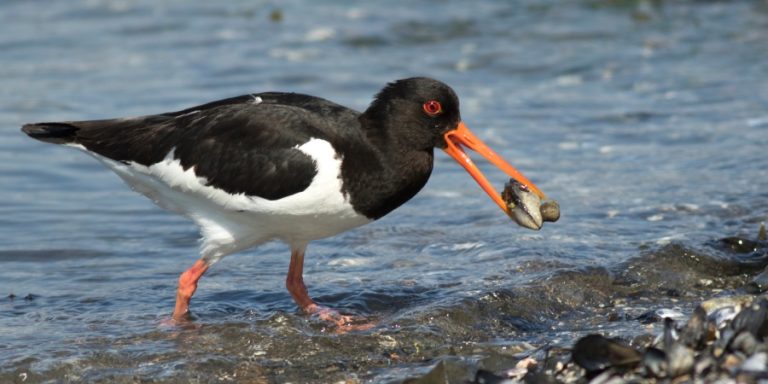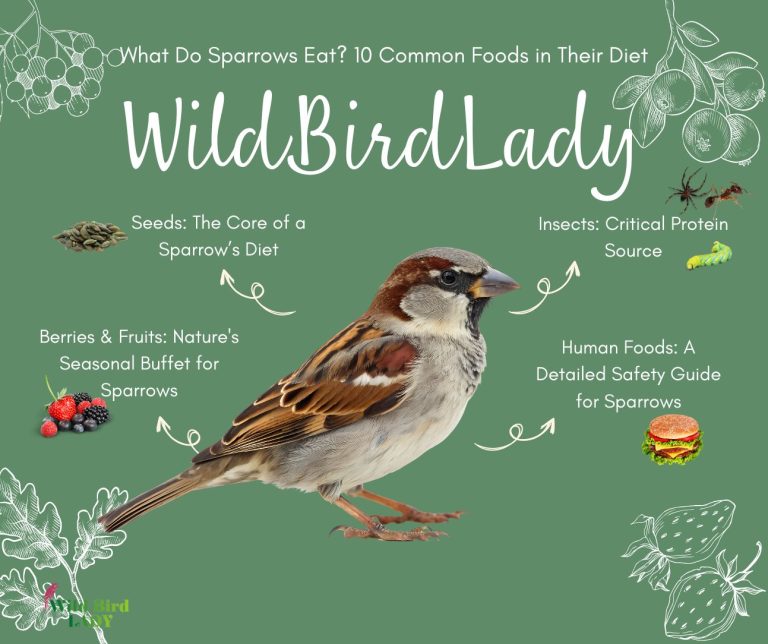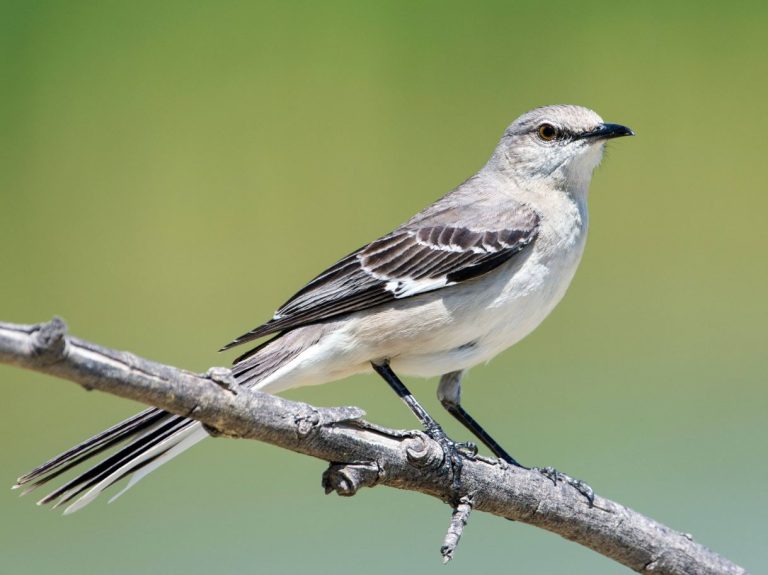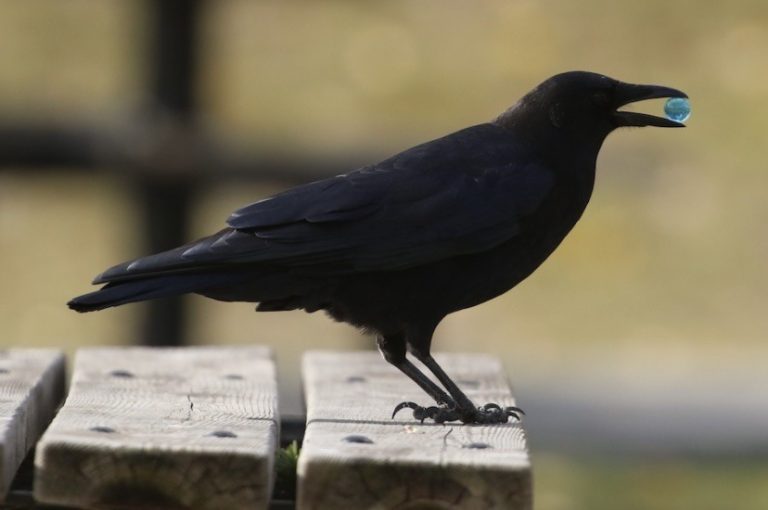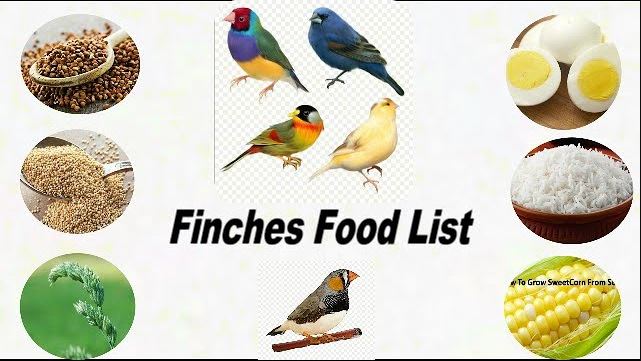What Do Herons Eat? You Won’t Believe What’s on the List!
If you’ve ever watched a heron standing still like a statue near a pond or marsh, you might think they’re just relaxing. But in truth, these elegant birds are skilled hunters—waiting patiently for the perfect moment to strike. That leads many curious bird lovers and nature enthusiasts to ask: What do herons eat?
The short answer? A lot more than just fish. From frogs and snakes to ducklings and even small mammals, herons have a surprisingly diverse and, dare we say, savage appetite.
In this guide, we’ll explore everything about a heron’s diet, including surprising prey items, seasonal shifts, feeding techniques, and even answer the controversial question: Do herons eat ducks?
Meet the Heron: A Quick Intro
Before diving into the heron’s menu, let’s get familiar with the bird itself.
Herons are long-legged wading birds found on every continent except Antarctica. The most common species in North America is the Great Blue Heron, but others include the Green Heron, Black-crowned Night Heron, and Little Blue Heron.
According to the Cornell Lab of Ornithology, the Great Blue Heron is “the largest of the North American herons, with a wingspan of up to 6.6 feet and a surprisingly graceful flight.”
(Source: AllAboutBirds.org – Great Blue Heron)
These birds are known for:
- Their slow, deliberate movements
- Lightning-fast strikes
- Impressive wingspans (up to 6 feet!)
- Hunting near shallow water, wetlands, lakes, and even urban ponds
Now let’s dig into their diet.
What Do Herons Eat? (Spoiler: It’s Not Just Fish)
1. Fish – The Heron’s Favorite Dish
Unsurprisingly, fish make up the bulk of a heron’s diet.
Herons use their dagger-like beaks to spear or snatch fish from the water. They often hunt in shallow water and can stand still for long periods, waiting for prey to come within reach.
Common fish herons eat:
- Minnows
- Sunfish
- Perch
- Eels
- Carp
- Sticklebacks
But fish are only the beginning.
2. Amphibians – Frogs, Toads, and Newts
Frogs and toads are popular menu items, especially for Green Herons and Black-crowned Night Herons.
These amphibians are easy to catch around ponds and wetlands, especially during the spring and summer when they’re most active.
Newts and salamanders also occasionally fall victim to the heron’s deadly beak.
3. Reptiles – Yes, Even Snakes!
Do herons eat snakes? Yes, and they’re surprisingly good at it.
Herons are known to catch and eat small snakes, including water snakes and even baby pythons in some parts of the world.
Their long necks help them manipulate wriggling prey, and their sharp beaks can quickly subdue reptiles before swallowing them whole.
4. Birds – Do Herons Eat Ducks?
Here’s the question that shocks many: Do herons eat ducks?
The answer is yes—but with some conditions.
Herons do not hunt adult ducks. However, they will eat ducklings and other small birds when given the opportunity. Their opportunistic nature means that if a baby bird is left unattended or swims too close, it might not survive the encounter.
Other birds herons may prey on:
- Ducklings
- Hatchlings of shorebirds
- Small fledglings
- Baby coots or moorhens
Herons may also raid nests to eat eggs.
AllAboutBirds notes that Great Blue Herons “sometimes eat small mammals, amphibians, reptiles, insects, and other birds,” depending on availability.
(Source: AllAboutBirds.org – Great Blue Heron, Food)
5. Mammals – Mice, Voles, and More
Though it’s rare, herons sometimes hunt small mammals, especially when they’re nesting inland or near grassy fields.
Examples include:
- Mice
- Voles
- Shrews
- Small rats
They use the same hunting technique as with fish—spot, strike, and swallow whole.
6. Insects and Crustaceans
For smaller herons like the Green Heron, insects and crustaceans are a staple.
They’ll eat:
- Grasshoppers
- Crickets
- Beetles
- Dragonflies
- Crayfish
- Crabs
- Shrimp
These prey items are particularly important for herons that live in brackish or tidal areas.
7. Mollusks and Other Aquatic Invertebrates
In marshes and estuaries, herons have been seen feeding on:
- Snails
- Mussels
- Worms
- Aquatic larvae
They’ll use their beak to pry open soft shells or swallow smaller invertebrates whole.
Seasonal Changes in Heron Diet
Herons don’t eat the same thing year-round. Their diet shifts with the seasons and availability of food.
Spring and Summer:
- Abundant frog and insect populations
- Nestlings and ducklings become available
- Fish remain a staple
Fall:
- Focus shifts to fish, rodents, and amphibians fattening up for winter
- Young mammals become easier targets as they explore
Winter:
- In cold regions, many herons migrate to find open water
- In warmer areas, they’ll continue to hunt fish, crabs, and small prey
- Occasionally scavenge if food is scarce
How Do Herons Hunt? (Fascinating Feeding Behavior)
Herons may look calm and peaceful as they wade through the water, but beneath that stillness lies the precision of a master predator. Their hunting technique is a captivating blend of patience, stealth, and lightning-fast action.
Most herons use a strategy called “stand and wait” or “slow stalking” to capture prey. Unlike hawks or falcons that chase down their meals in midair, herons rely on timing, camouflage, and speed to strike with deadly accuracy.
Step-by-Step: The Art of the Hunt
1. Standing Motionless Like a Statue
Herons often begin by finding a good spot in shallow water, near the edge of a pond, stream, or wetland. There, they’ll stand perfectly still—sometimes for several minutes at a time.
Why? This motionless stance allows them to blend into their surroundings, making them nearly invisible to unsuspecting prey like fish, frogs, or insects. Their muted gray, blue, or brown feathers act as natural camouflage.
2. Slow and Silent Stalking
If standing still doesn’t yield results, herons shift to slow stalking. They take incredibly careful, deliberate steps—lifting each leg silently and placing it back down with almost robotic control.
Their eyes remain laser-focused on the water. A ripple, flick, or shadow could signal a potential meal. Herons have excellent binocular vision and depth perception, helping them gauge the exact distance to their prey.
3. The Lightning-Quick Strike
When the perfect opportunity arises, the heron will launch its neck like a coiled spring—delivering a lightning-fast jab with its sharp, spear-like bill.
Depending on the prey, it may:
- Stab the fish or amphibian and lift it out of the water
- Snatch smaller creatures whole using a quick grab
This motion is not only precise but also extremely fast—often taking less than a second from strike to capture.
“They hunt by standing still or wading slowly, waiting for fish and other prey to come within striking distance.”
(Source: AllAboutBirds.org – Great Blue Heron, Behavior)
4. Prey Handling: Shaking, Stabbing, or Drowning
Once the prey is caught, the heron’s job isn’t over.
If the animal is still struggling, the heron might:
- Shake it violently to stun or kill it
- Toss it into the air and catch it headfirst to ensure a smooth swallow
- Stab it repeatedly if it’s too large to subdue quickly
- Drown the prey by dunking it in water, especially if it’s a larger fish, frog, or even a duckling
Herons always try to swallow prey headfirst—this prevents fins, legs, or wings from getting caught in the throat.
The Genius of Bait Fishing: Green Herons Use Tools!
Among the most fascinating behaviors seen in the heron family is tool use—particularly by the Green Heron.
These clever birds have been observed:
- Dropping insects, feathers, twigs, or bits of bread on the water’s surface
- Waiting nearby as the bait floats
- Striking when a curious fish swims up to investigate
This is a rare example of tool use in birds, putting herons in the company of crows, parrots, and primates. It shows not only patience but also problem-solving intelligence.
Some scientists believe herons may learn this behavior by observation, passing it from generation to generation—an exciting glimpse into their cognitive abilities.
Adaptability Across Environments
Herons adjust their hunting techniques depending on the terrain:
- In fast-moving rivers, they anchor themselves against the current
- In tidal flats, they follow the retreating water line
- In urban ponds, they may perch on docks, bridges, or even rooftops to spot prey
Some species, like Night Herons, are even nocturnal hunters—using the cover of darkness to catch sleeping or less-aware prey.
In short, herons are not just beautiful birds—they’re precision hunters. Their calm, zen-like appearance hides a powerful and highly adapted feeding system. Whether they’re striking with surgical precision or baiting fish like little fishermen, herons are a marvel of natural engineering.
Do Herons Eat Pets or Koi Fish?
If you’ve invested time and money into building a beautiful backyard pond, the last thing you want to see is a heron making off with one of your prized koi. So, the big question is:
Will a heron eat your koi fish or small pets?
✅ The Short Answer: Yes.
Herons are opportunistic hunters with sharp eyes and a patient demeanor. They’ll gladly take advantage of any easy meal—including ornamental fish like koi, goldfish, or even small turtles if they can catch them.
These pond visitors might look elegant as they wade across your yard, but make no mistake—they can wipe out a pond in a matter of days if left unchecked.
How to Protect Your Pond from Herons
Don’t worry—there are several proven methods to keep these graceful hunters at bay.
1. Install Pond Netting
A fine mesh net placed just above the water surface is one of the most effective deterrents. It creates a physical barrier that prevents herons from reaching your fish.
Tip: Choose black netting for a low-visibility option that doesn’t spoil your pond’s beauty.
2. Use Motion-Activated Sprinklers
Herons hate surprises. Motion-sensor sprinklers detect movement and blast water when a bird approaches. This startles the heron and discourages future visits without harming it.
Popular products include:
- Orbit Yard Enforcer
- ScareCrow Motion Sprinkler
3. Add Hiding Spots for Fish
Give your fish a place to retreat when danger strikes. Install:
- Underwater caves
- Large rocks
- Floating plants like lilies
These features break the heron’s line of sight and protect fish while enhancing the pond’s natural look.
4. Use Heron Decoys or Owl Statues
Placing a fake heron or owl near your pond can make real herons think the territory is already claimed. However, they may catch on if the decoy never moves.
Pro tip: Move the decoy every few days to maintain the illusion of a live bird.
5. Use Reflective Deterrents
Shiny objects like CDs, aluminum strips, or mirrored balls reflect light and create a sense of movement, which herons find unsettling.
Do All Herons Eat the Same Things?
While most herons share a similar diet, different species have preferences:
| Species | Preferred Foods |
|---|---|
| Great Blue Heron | Fish, frogs, ducklings |
| Green Heron | Insects, small fish, crustaceans |
| Black-crowned Night Heron | Nocturnal fish and amphibians |
| Little Blue Heron | Small fish, aquatic insects |
| Tricolored Heron | Crustaceans, minnows, frogs |
Can Herons Choke on Their Food?
It’s rare, but it happens.
Because herons swallow prey whole, sometimes large or spiny animals (like eels or fish with sharp fins) can cause choking or internal injury. However, herons are surprisingly adept at managing even large prey by repositioning it carefully before swallowing.
Where Do Herons Feed?
Herons are flexible when it comes to feeding grounds. They can be found:
- In wetlands and marshes
- Along rivers and lake shores
- In tidal flats and estuaries
- In agricultural fields
- In suburban ponds and golf courses
If there’s water—and prey—you might find a heron nearby.
Frequently Asked Questions
Do herons eat turtles?
Herons may eat very small turtles or hatchlings, but it’s uncommon. The shell makes them less appealing than softer prey.
Do herons eat carrion?
Rarely. Herons are hunters, not scavengers. But in extreme conditions, they may peck at dead fish or other animals.
Can herons eat poisonous animals like toads?
Herons can eat some toads, but they tend to avoid highly toxic species. Instinct or experience likely plays a role.
Final Thoughts: Nature’s Silent Predator
So, what do herons eat? Pretty much anything they can catch, kill, and swallow.
From tiny insects to baby ducks, herons are versatile, skilled, and sometimes ruthless predators. Their graceful appearance hides a lethal hunter beneath.
Whether you’re a birdwatcher, a backyard pond owner, or just a curious nature lover, understanding what herons eat gives you a deeper appreciation for their role in the ecosystem—and maybe a little more respect for that silent bird standing by the water’s edge.
Read Also: What Do Chickens Eat in the Wild vs. Backyard? (Don’t Feed Them This!)


